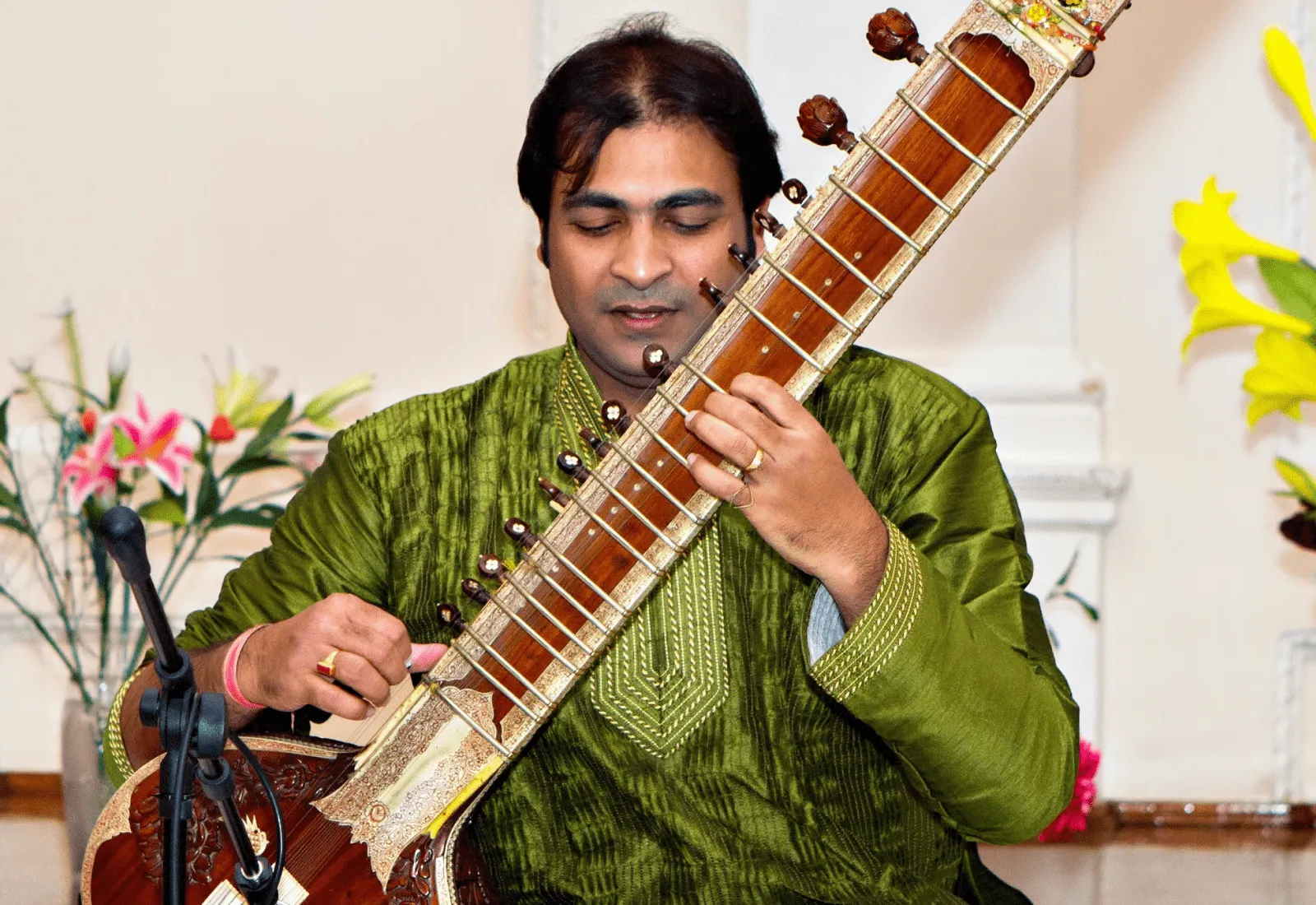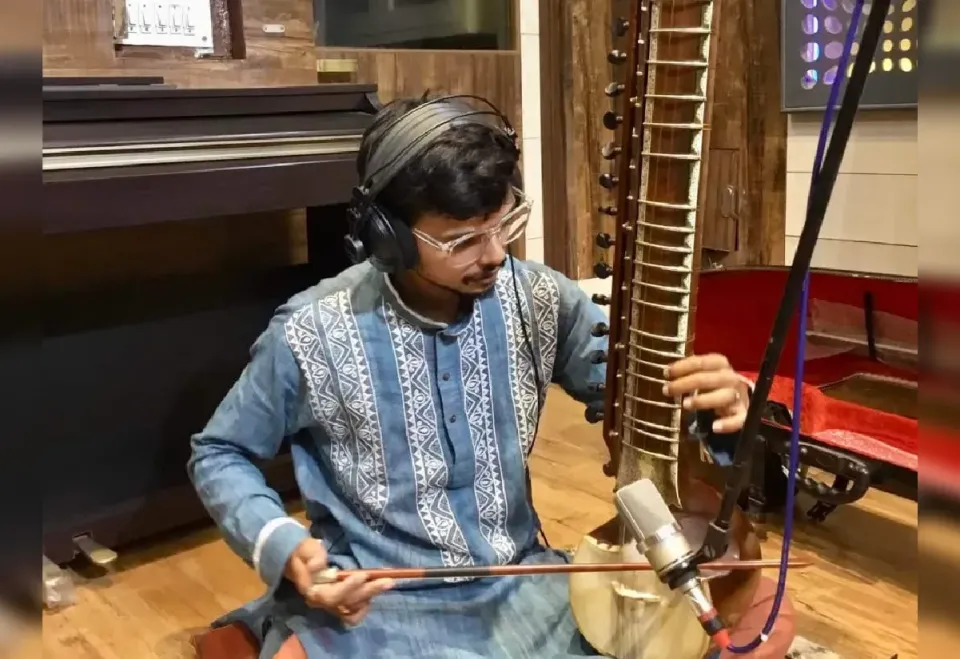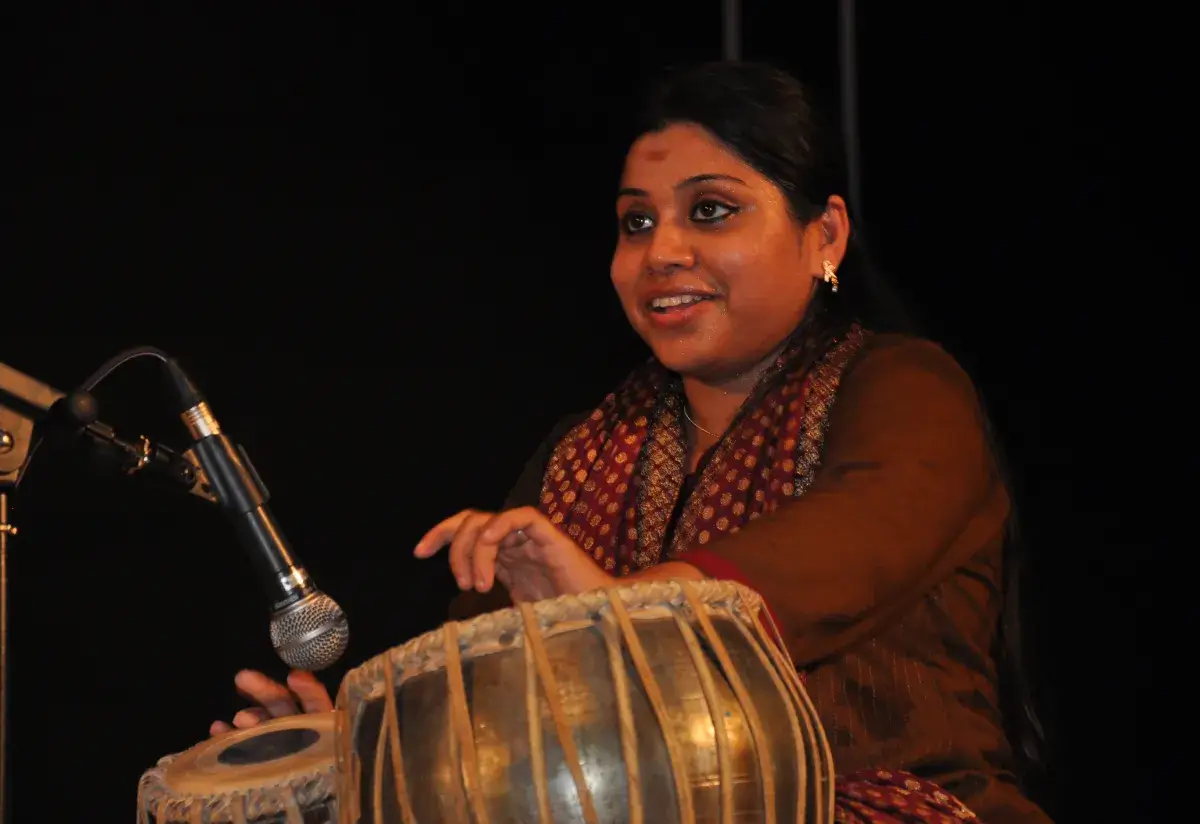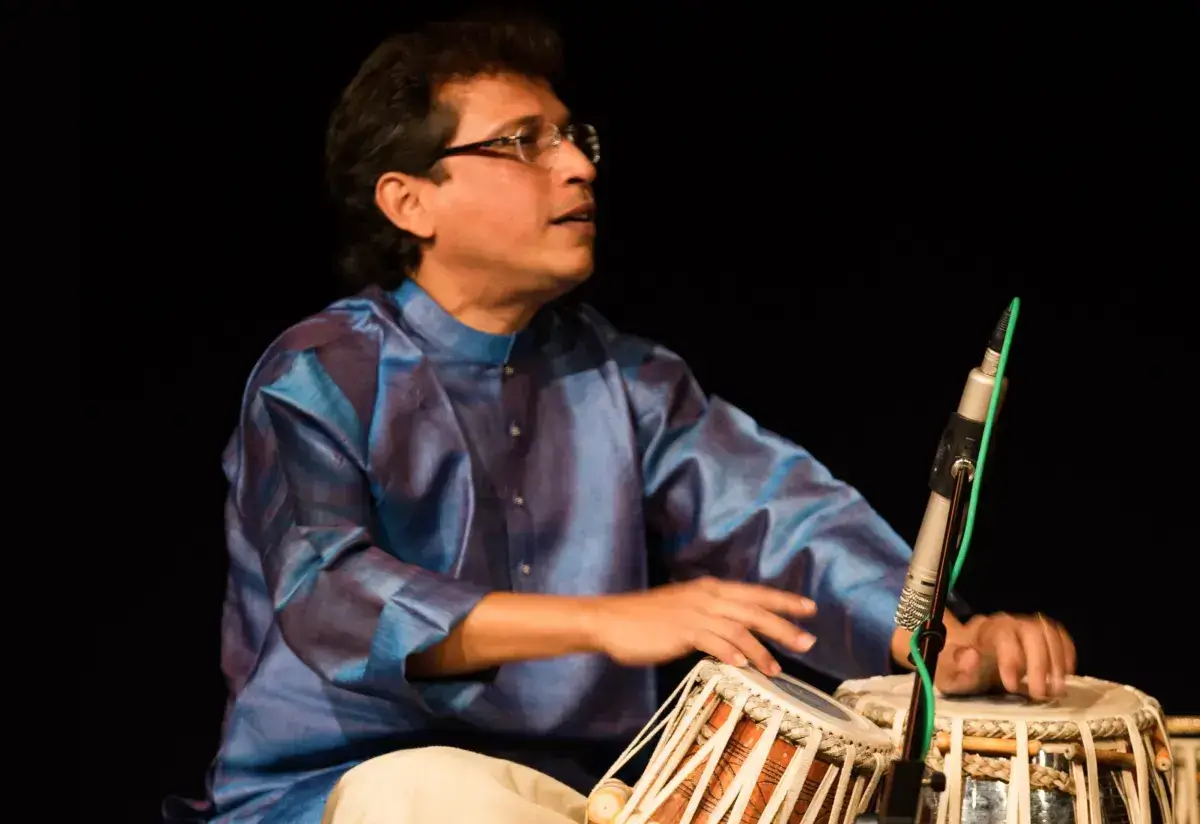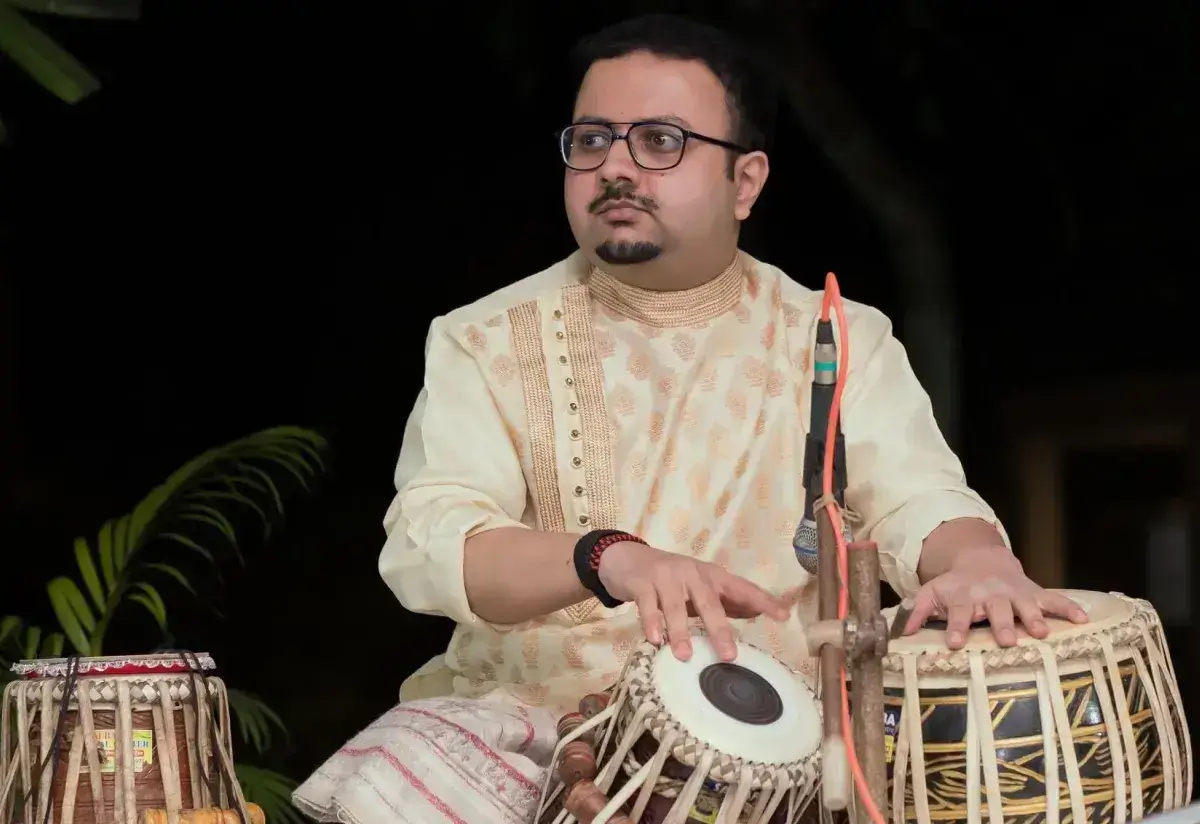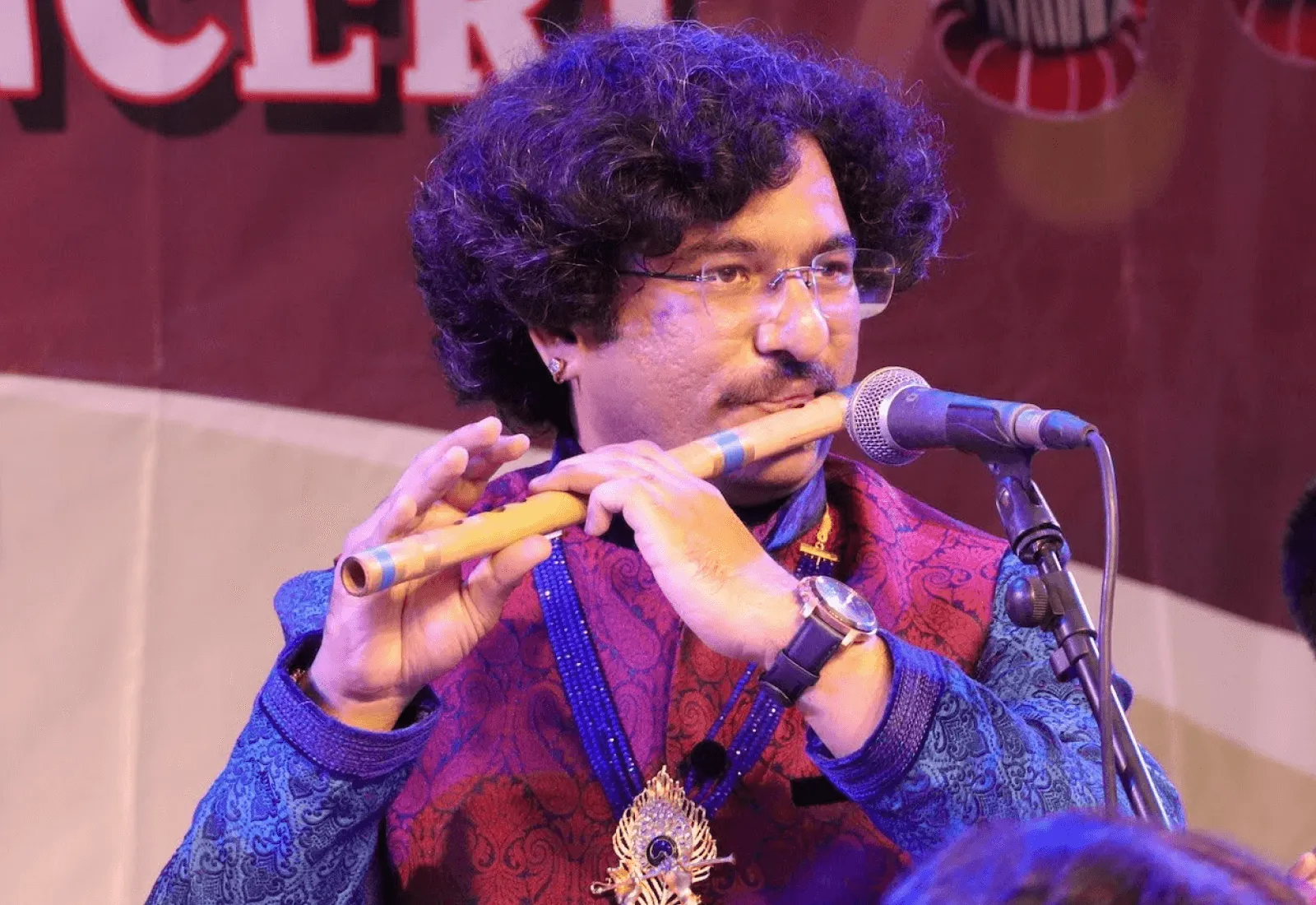The 9 Easiest Musical Instruments To Learn at Any Age
Learning music doesn’t have to be complicated—anyone can start at any age with the right choice of instrument. While some instruments require years of training, there are several that are fun, beginner-friendly, and rewarding from day one.
In this guide, we’ll explore the 9 easiest musical instruments to learn at any age, perfect for beginners and hobbyists alike. From strings to percussion, these are some of the easy to learn instruments, offering quick progress and plenty of enjoyment.
The 9 Easiest Musical Instruments to Learn
1. Ukulele
2. Harmonica
3. Keyboard
4. Guitar
5. Harmonium
6. Kanjira
7. Mandolin
8. Flute
9. Tabla
1. Ukulele
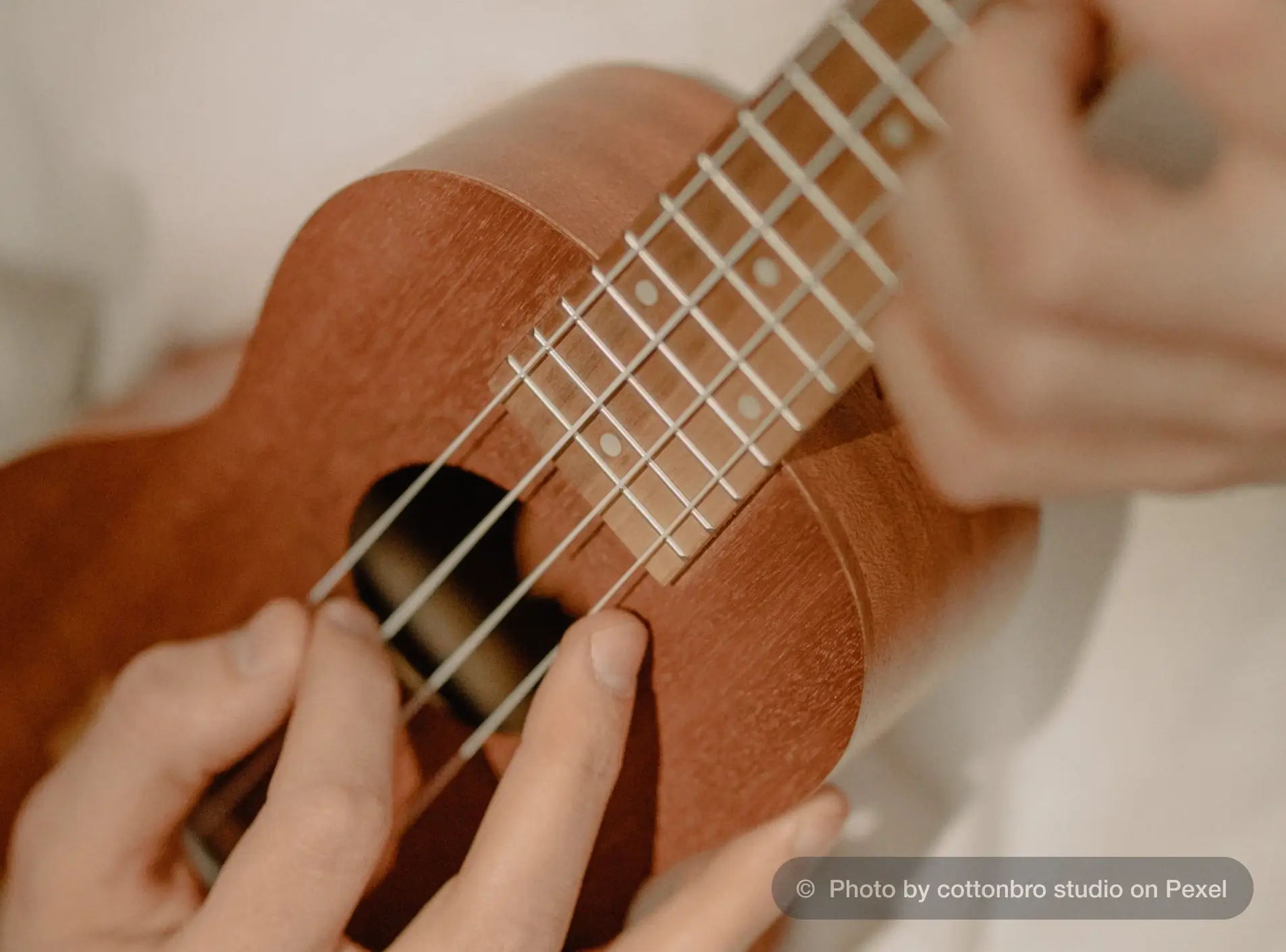
Did you know how this instrument of Portuguese origin got its name? Christened as a ‘machete’ in its native, it was brought to Hawaii by Portuguese immigrants in the late 19th century. The Hawaiians adapted and renamed it the ukulele, which means "jumping flea" in Hawaiian, possibly referring to the rapid finger movements of players.
Legendary musicians such as Michael Jackson and Elvis Presley had a fondness for this instrument. But no need to get intimidated by big names. The Ukulele is one of the easiest to be wooed by new learners.
The light weight and size of the instrument make it look like a toy guitar thus making it easy to carry even for a six-year-old. Its nylon strings are easy on the fingers. It has a bright and cheerful sound that is versatile and covers a wider range.
The ukulele is known for its simple chord structures. Many popular songs can be played with just a few basic chords, allowing beginners to start playing and making music relatively quickly.
However, while the ukulele is considered easy for beginners to pick up, it's important to note that proficiency and mastery still require practice and dedication. Like any instrument, the more time and effort a player invests, the more they can develop their skills and musicality.
2. Harmonica

Harmonicas has played an alter ego to both protagonists and antagonists in several Hollywood and Bollywood movies of the yesteryears. It has also defined the theme tune of several movies such as Titanic, Schindler’s List, Pirates of the Caribbean, and more - etching a mark of fondness and nostalgia in the minds of avid movie buffs.
Beyond films - harmonica has defined several joyous moments in get-togethers, picnics, and parties. The humble, and pocket-friendly (both in terms of size and cost) harmonica is indeed very easy to ace for music enthusiasts. Why? Read on…
A standard diatonic harmonica typically has 10 holes and 20 reeds. While this may seem like a lot, beginners can focus on a smaller subset of holes to play simpler melodies and tunes. This limited note selection makes it less overwhelming compared to instruments with a larger range.
Unlike many wind instruments, such as the flute or trumpet, the harmonica doesn't require complex embouchure techniques (specific lip and mouth positions). Beginners can produce sound simply by blowing or drawing air through the instrument. This instant feedback is encouraging for new players and helps build confidence.
3. Keyboard
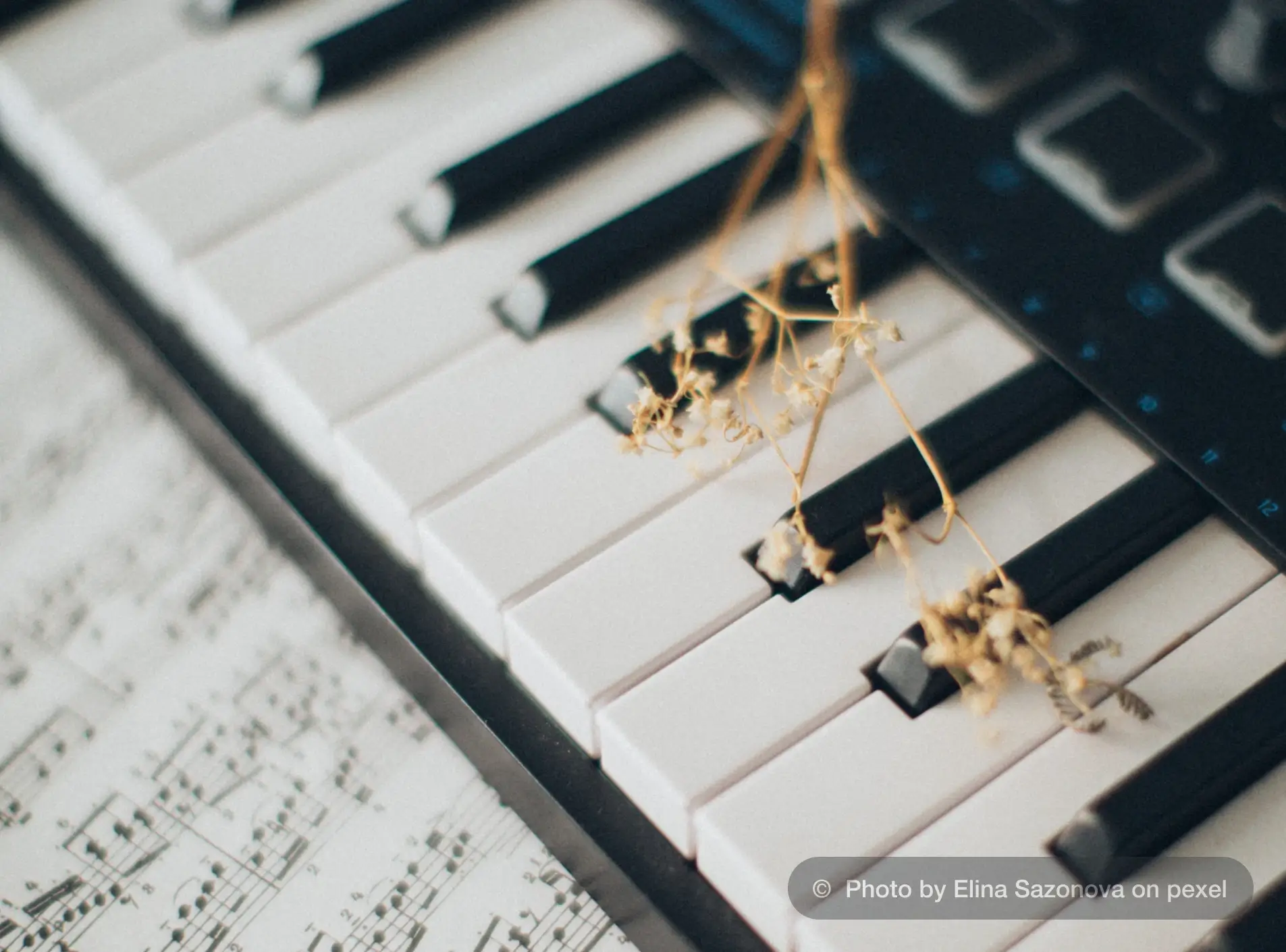
Keyboards are often considered one of the easier musical instruments for beginners. It has a clear and visual layout. The arrangement of keys in a linear fashion makes it easy for beginners to understand the musical alphabet, scales, and chord structures.
Sheet music for the keyboard is typically easier to read compared to some other instruments. The notes are represented by dots on a set of five horizontal lines, and each dot corresponds to a key on the keyboard, providing a straightforward visual representation for beginners.
Keyboards produce sound immediately upon pressing a key, providing instant gratification for beginners. Keyboards often come with a variety of built-in sounds and settings.
Most keyboards are polyphonic, allowing users to play multiple notes simultaneously. This feature is beneficial for beginners as they can create more complex sounds and play simple chords from the start.
Learning to play the keyboard lays a foundation for understanding music theory and developing skills that can be transferred to other instruments. This versatility can be particularly beneficial for beginners who may later choose to explore other instruments.
4. Guitar
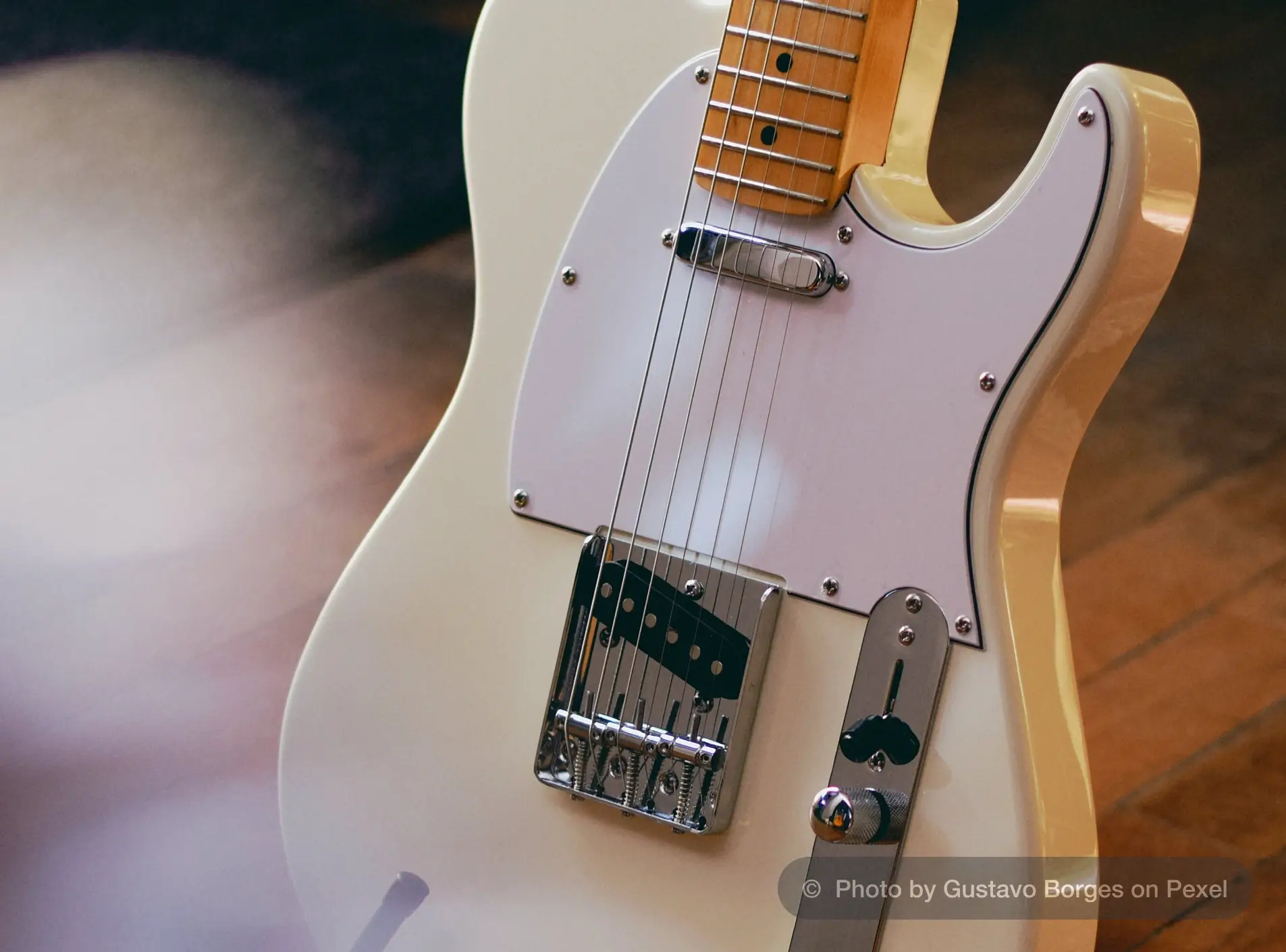
The swag of strumming a guitar while making the fingers dance on its strings creates a resonating sound that makes everyone groove to the tune. This is a dream that many music enthusiasts drool on. And luckily many even accomplish this dream because the guitar is considered to be a beginner-friendly musical instrument.
Guitars come in various sizes, are portable, and are often more affordable than some other instruments, allowing beginners to access an instrument more easily.
Learning basic chords allows beginners to play popular songs relatively quickly, providing a sense of accomplishment early on. Guitars are versatile instruments used in various genres, allowing beginners to explore different styles and find what resonates with them. The guitar accommodates various playing styles, such as fingerstyle or strumming, giving beginners flexibility in their approach.
5. Harmonium

The harmonium is one of the instruments that is vividly used in the formative years of music training. Just press the key and you get the note precise and clear. It is mostly used as an accompanying instrument for voice and ear training.
The Harmonium has a keyboard layout similar to a piano, making it visually straightforward for beginners to understand and play.
Unlike some other wind instruments, the harmonium features a bellows system that produces sound when air is drawn in or pushed out. This eliminates the need for complicated embouchure techniques, making it easier for beginners to produce sound.
The Harmonium produces sustained sounds, and notes continue to sound as long as the keys are pressed or the bellows are moved. This feature allows beginners to focus on playing without the need for constant breath control.
Harmoniums are often tuned to a specific pitch, simplifying the learning process for beginners who don't have to worry about tuning the instrument frequently.
Despite its simplicity, the Harmonium offers both melodic and harmonic possibilities. Beginners can play simple melodies or explore harmonies by combining different keys and chords.
Learning musical instruments can be incredibly rewarding. Read about the top 6 famous Indian classical musicians to see how music transformed their lives.
6. Kanjira

The Kanjira is often considered one of the easier musical instruments for beginners to learn, particularly within the percussion category. Learning the Kanjira often involves exposure to Indian classical music and traditional rhythms.
It is a small frame drum, making it easy to handle and carry. Its compact size is less intimidating for beginners and allows for convenient practice.
The Kanjira is usually lightweight, which makes it comfortable for players of all ages, including children, to hold and play for extended periods. The Kanjira has a relatively simple design, featuring a circular frame with a single drumhead made of lizard skin or synthetic materials.
The playing technique involves using the fingers and palm to produce different sounds on the drumhead. Beginners can quickly learn basic strokes and rhythms, promoting early success and motivation. While simple to play, the kanjira can produce a variety of sounds by altering the hand positions and striking techniques. This versatility allows beginners to explore different tones and rhythms.
The maintenance of a kanjira is relatively simple compared to some other percussion instruments. Regular tuning and occasional changes to the drumhead are manageable tasks for beginners.
7. Mandolin
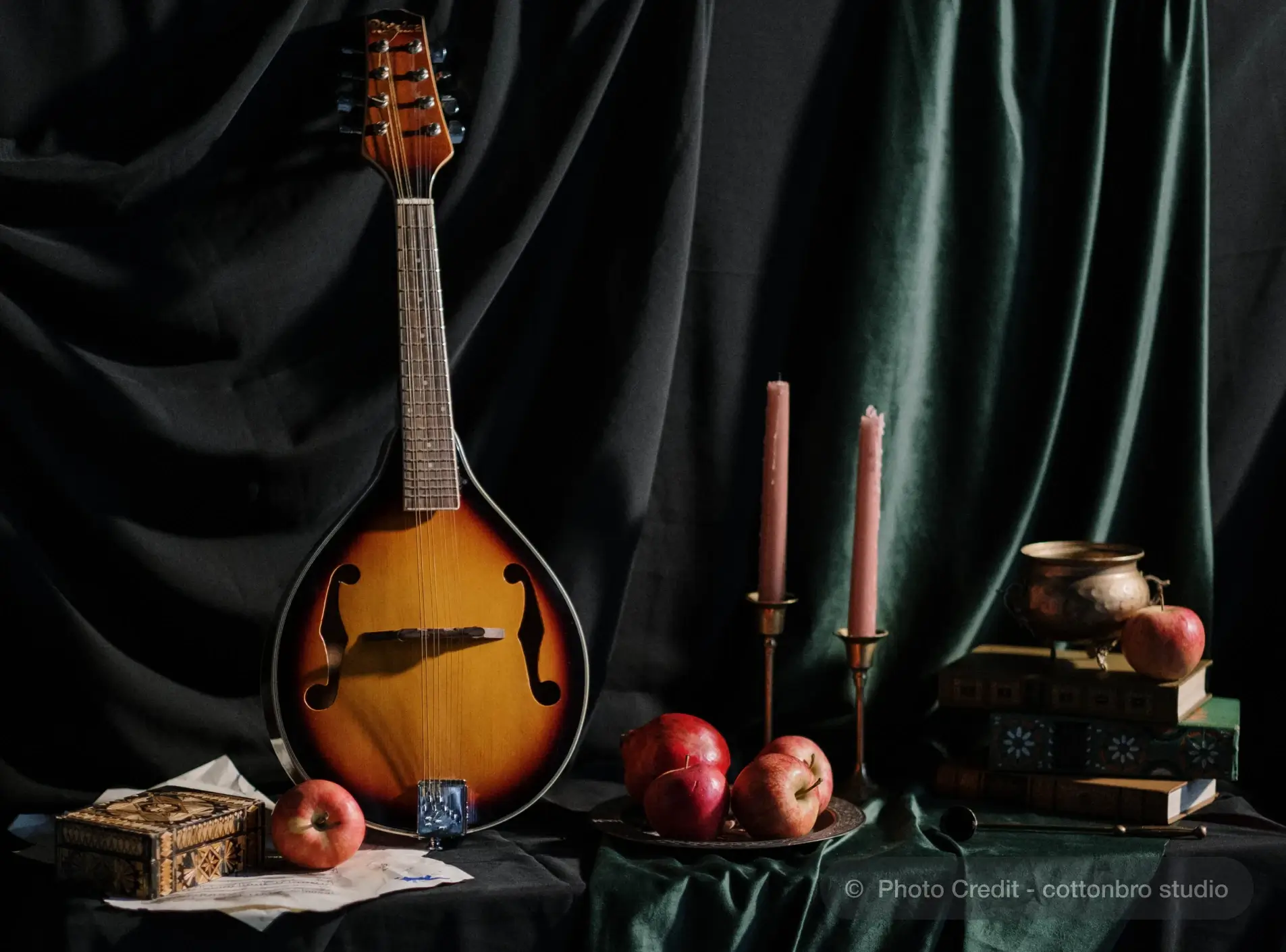
The mandolin is a small and lightweight instrument, making it comfortable for players of all ages, including children, to handle. Its compact size also facilitates easy transportation.
While often associated with bluegrass and folk music, the mandolin is a versatile instrument that can be used in various genres, including classical, jazz, and popular music. This allows beginners to explore different styles based on their interests.
The mandolin typically has double strings (pairs of strings tuned to the same pitch), which can make it easier for beginners to produce a full and resonant sound with less effort compared to single-string instruments.
The mandolin has a fretted fingerboard, which simplifies the process of producing accurate pitches for beginners. Frets help guide players in placing their fingers to achieve specific notes. It is also relatively easier to learn the chords of the mandolin.
8. Flute
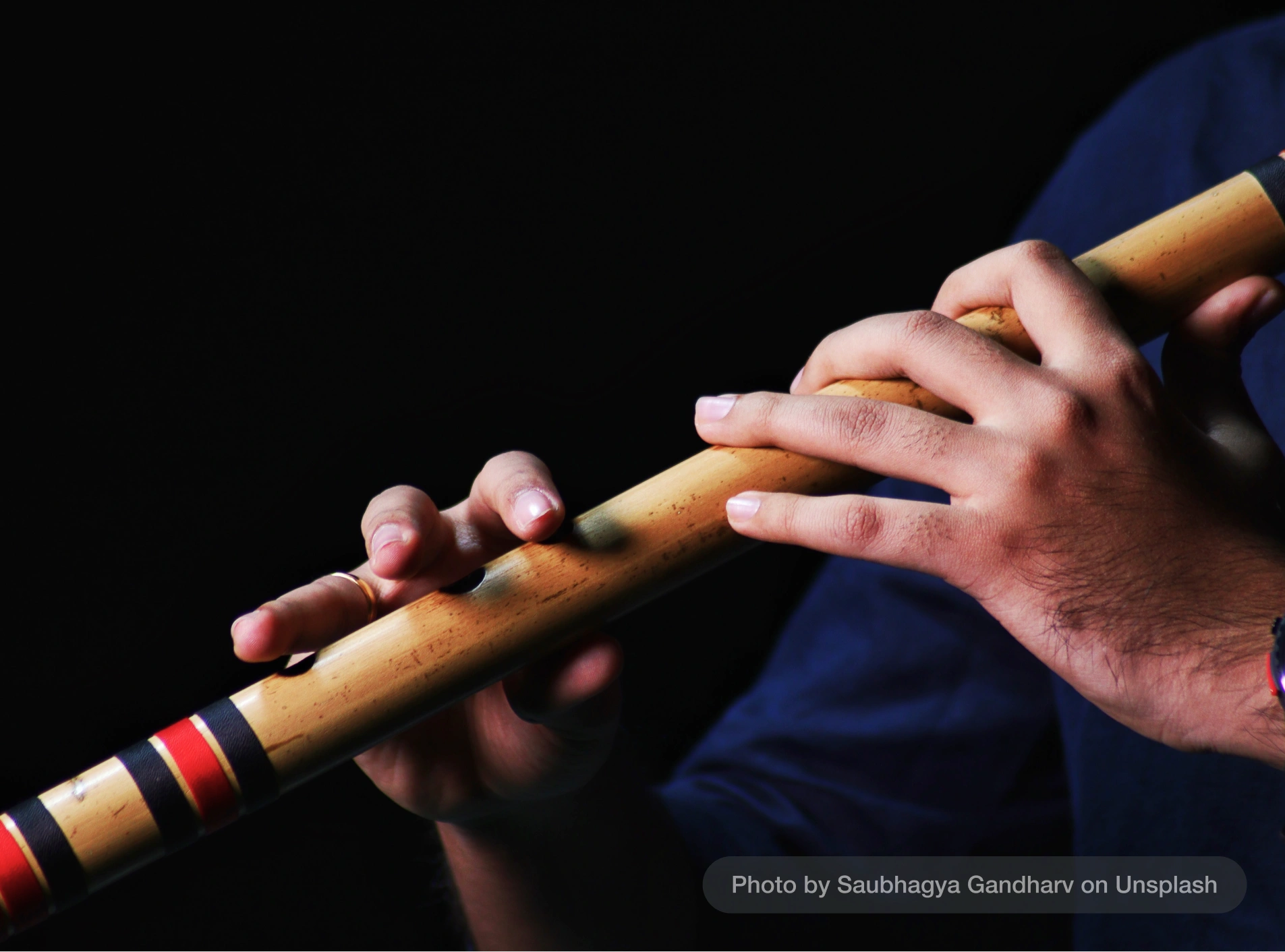
The flute is often considered one of the easier musical instruments for beginners to learn. The only initial glitch that learners face is to bring out the proper melodic sound.
Apparently, it looks as simple as blowing air across the embouchure hole. Beginners can achieve immediate sound production without complex techniques. However, it is not as easy as it seems. It takes a lot of breath training to produce a sustained and resonating sound with high tonal quality.
The flute has a relatively simple design with no keys or frets, making it visually straightforward for beginners to understand and play.
The flute is a lightweight and portable instrument, making it comfortable for players of all ages to handle. Its compact size allows for easy transport and practice.
The flute is primarily a melodic instrument, and beginners can focus on playing one note at a time. This simplicity reduces the initial complexity of playing multiple notes or chords.
Unlike some woodwind instruments with many keys and complex fingerings, the flute has a straightforward fingering system. Beginners can easily learn and memorize the fingerings for different notes.
Entry-level flutes are relatively affordable compared to some other instruments, making them accessible for beginners without a significant financial investment.
While often associated with classical music, the flute is versatile and can be used in various genres, including jazz, folk, and contemporary music. This allows beginners to explore different styles based on their interests.
9. Tabla
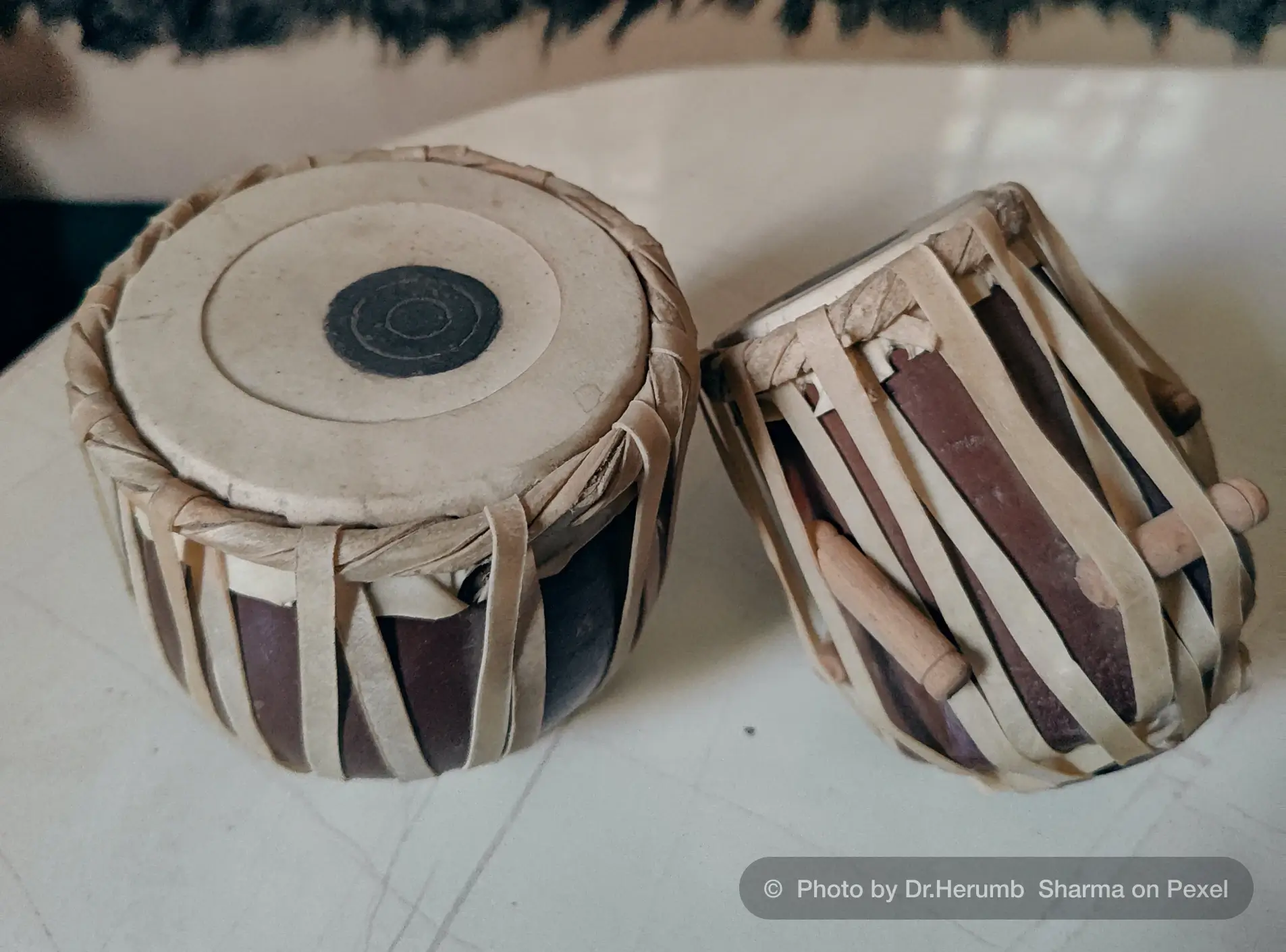
Do you have a natural inclination to rhythms? Do you find yourself reaching out for a surface to strike your palms on every time you listen to music? Then there are chances for you to have an aptitude for percussion.
Tabla originated in India and went on to make its mark in the world platforms. They are portable, relatively lightweight, sturdy, and comparatively less prone to damage. In India, small kids are allowed to toy with Tabla just to make them accustomed to its sound and beats.
However, remember that when you strike your fingers on the tabla for the first time, the sound that comes out may neither be melodic nor rhythmic. Also, as you sit cross-legged for a long time, it could give you some back aches and muscle sprains. But let that, not demotivate you.
Just wait till you get your first sounds from both ‘Dayan’ (the right drum played with the right hand) and “Bayan’ (the left drum meant for the left hand). One will be rich in tonality and pitch and the other will give a resonant sound. Now you can play around blending the two sound qualities while picking up significant nuances that will be taught to you in the class.
Ending Note - Easiest Music Instruments to Learn
Embarking on a musical journey is a rewarding venture, and choosing the right instrument can significantly influence a beginner's experience. In this exploration, we delve into the world of musical instruments, shedding light on those considered the most beginner-friendly. Each of these easy to learn instruments carries its unique allure, yet among the easiest for beginners, the nine instruments listed above stand out. Whether you're drawn to the melodic charm of strings, the rhythmic beats of percussion, or the wind instruments' gentle whisper, there's an instrument waiting to harmonize with your journey.
Do you want to learn to play any of these musical instruments? If yes, explore online music lessons.
If you're looking for an easy instrument to learn, any of these options fit: 1. Ukulele 2. Harmonica 3. Keyboard 4. Guitar 5. Harmonium 6. Kanjira 7. Mandolin 8. Flute 9. Tabla


